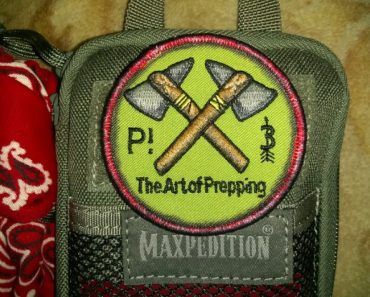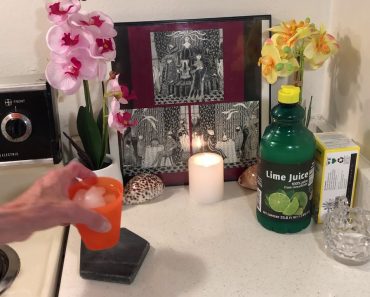Until this year, most disasters Americans were preparing for a threat that they could see and react to it, with some sense of confidence and available skillset.
Most of the SHTF events we thought of, such as economic collapse or natural disasters, generally presented their threats as other people.
However, we soon realized that a pandemic can become a real threat to our future and is not just a screenplay for an apocalypse movie. Even more, as we see today, people are only a part of the problem.
The pandemic brings a threat that is invisible to the naked eye, and we can only see its effects when we are forced to respond to it. While many of the tips to prepare for such a scenario are similar to bugging out, most are unique to this situation.
Considering that many experts estimate that the COVID-19 virus is here to stay and that soon enough, we might be dealing with a second wave, we have put together a 7-steps plan to prepare for this pandemic.
7 Steps to prepare for the current pandemic
1. Avoidance
As you’ve seen by now, the single best thing you can do to prevent catching the virus is to avoid people entirely. Since the disease has a rather long incubation period and it varies from one human body to another, it may be difficult to know if a person you get in contact with has been exposed to it or not. Many secretly harbor the disease even during its active phase without showing any symptoms.
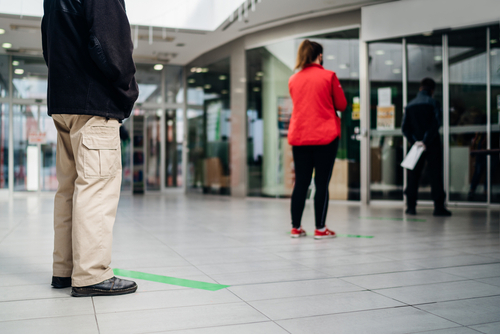
The best thing you can do is not to come in contact with people you don’t know. Some had decided to bug out when the first signs appeared, and if you feel confident that you can get to your bug out shelter without unjustifiably exposing yourself, you should probably do so. However, keep in mind that your vehicle is not suited to prevent the transmission of airborne diseases and your car filter may not stop the virus.
If the route you chose to get to safety is not crowded by vehicles and you won’t find yourself traversing a densely populated area, bugging out may be an acceptable risk. If, however, you live in the city, your best bet is to stay inside and not let anyone enter your home. Every delivery should be contactless, and you should disinfect any foreign object that found its way inside your home.
2. Clothing
You’ve seen in the media people walking around in Tyvek suits and all sorts of improvised protection clothing. The Tyvek suits are used by medical professionals, and they are the ones who need them the most. For your personal protection, use what you have available or what you bought at the last minute.
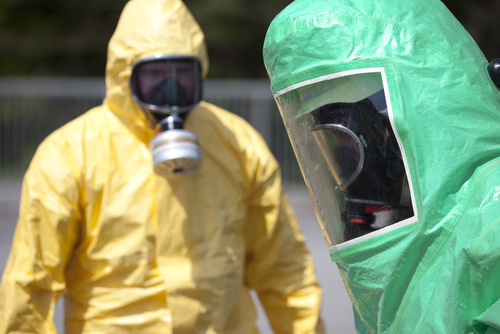
A mask that is sealed and filters the air, topped with eye protection are proper accessories during these times. Wearing thick latex or plastic gloves made of non-porous materials are also a great addition to keep you safe from contracting the virus. However, when to wear the clothes is a matter of perspective, and you shouldn’t walk around your home in protective gear.
While you may not necessarily require completely filtered and sealed clothing, it is likely a good idea to have as many sets around as you do party members plus one or two spares. Once again, if you know and you are sure that everyone in your home is not infected, wear this gear only when leaving your home. You would expose the protective gear to less wear and tear, and it will last longer, especially when it will be truly necessary.
As you’ve seen at the start of the epidemic, the mode of transmission was not well-known, and most reports where either estimations or false information. We learned soon enough that we could not rely on the reported cases of transmission that China was pushing, the incubation estimations that were changing from one week to another, and the survival rates being reported. This was a hard lesson for some, and we all learned that in such a scenario, we should play it safe, rather than listening to certain “authorities.”
3. Consumables
This area of preparedness was of great help for preppers, and most of us kept a safe distance watching on TV how people were fighting over toilet paper and other consumables. The only difference that made some of us take a risk was the number of supplies we have and how well-stocked our homes were and how the scenario played out for most people. Some decided to bug out while others had to bug in and wait it out.
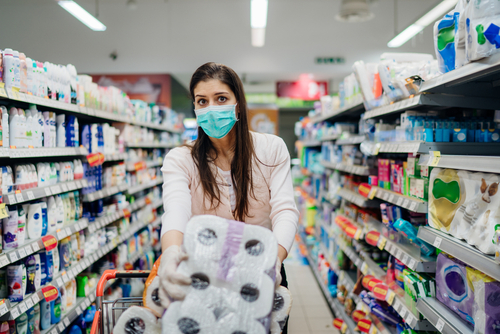
The topic of having enough supplies in one’s home to survive for a few weeks was extensively debated during the last two months and preppers, were suddenly no longer seen as crazy hoarders.
By now, you should have learned that having a large store of sealed foodstuff and water supplies becomes mandatory, although it is a bit tricky to accommodate all these resources inside your home. When bugging in, most people were using tap water, and it was a real support for them that the tap didn’t run dry. However, this may not always be the case since certain diseases can be spread through water and the water flowing from the tap may not be properly filtered. It is highly recommended to have some filtration methods available in your home at all times.
All the consumables you’ve used since February and the rate at which you used them should help you figure out how to prepare for the second wave. If you didn’t count and kept a list of what you have used so far, you will need to start doing it from now on since it will help you figure out what you need to buy to re-stock. You’ve seen that some items were in higher demand than others, and it will be the same case in the near future.
4. Cleanliness
Cleanliness is mandatory when dealing with the spread of infectious diseases and we’ve all notice the price gauging of hand sanitizer and various disinfectants, antiseptics, and such. It is obviously important to understand that your house and body need to remain clean at all times. Even more, you have to make sure that all body parts which remain covered in heated conditions–like your feet–as well as any open injury you might suffer, are disinfected properly.
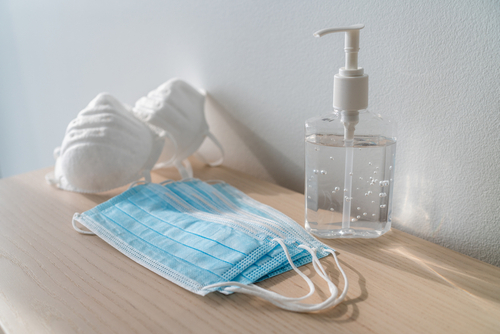
Cleanliness is one of the best ways to ensure that you do not get sick during a disaster scenario. However, it is especially important during an epidemic. This means that both your bodies and the surfaces of your environment should be kept free from all bodily fluids and outdoor contaminants.
Soap and water are your friends, and they are generally effective to kill most viruses and bacteria. However, antiseptics and strong disinfectants that are designed specifically to break down organic matter and kill it are preferred.
Just remember, antiseptics are used to disinfect the body. Disinfectants are used to disinfect non-living materials and should be used for surfaces only. Some will use disinfectants for their body as well, but that’s not recommended. Even so, if that’s your last resort, make sure you rinse the areas with clean, purified water afterward to prevent any health reactions (rashes, allergies, etc.).
We talked more about DIY antiseptics in this article. Make sure to check it out!
5. Lockdown
Lockdown measures were soon put in place in certain states, and we have no guarantee that it won’t happen again in the future. These are mandatory procedures when it is established that the virus is mutating, and it becomes airborne. It is important to have a plan and methods to keep your house sealed and mostly airtight. Filtering the air and purifying it needs to be considered since, in most cases, that air comes from outside.
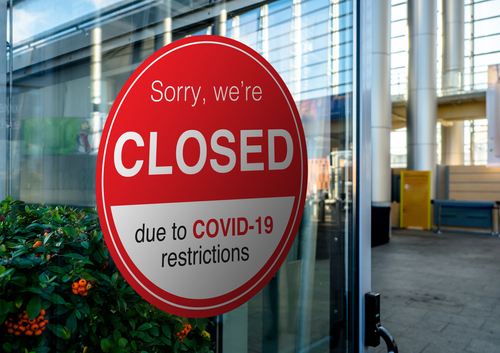
While this may not be the case for those not having neighbors in their vicinity, it is mandatory for those living in enclosed spaces like condo buildings where air may be re-circulated by the ventilation system.
If at all possible, it is a good idea to have a ventilation system that is detached from your building’s ventilation system. This system should be used only in case of such emergencies, like the one we are currently experiencing. This system should be fitted with filters that are designed to purify the air from disease and other microorganisms. The system should only function to bring fresh air in and pump the exhausted breath of CO2 out.
6. Quarantine
Once you manage to minimize your exposure to the outside world and reliance on others as much as you can, you need to have certain protocols in place, in case something occurs and the infection manages to find its way inside your home. This often occurs when the virus has a long incubation period, and when one of your family members contracts it before the lockdown was initiated.
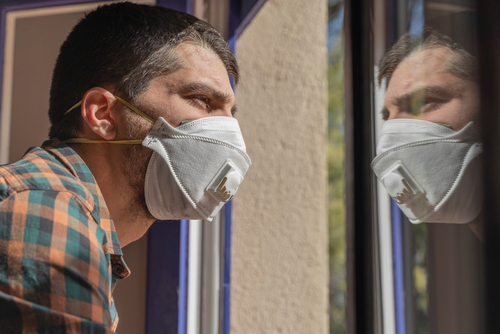
One of the first steps to implement such a protocol is establishing the place of quarantine, which can be a single room in your home. Ideally, said room should have as few porous surfaces as possible to avoid lining them with plastic sheets. Get the carpets out and only leave a small one at the entrance. That small carpet should be constantly soaked with disinfectant and be used to wipe your feet before and after exiting the room.
Only one member should be allowed to enter that room to provided assistance to the quarantined person, and he or she needs to wear protective gear. There is no point in exposing more people and risk to infect everyone in the family. Upon exiting the room, the gear must be washed and disinfected properly for later use.
If possible, use disposable plates and eating utensils, and discard of them properly. One method to disinfect plates and other items (non-metal ones) is to use your microwave. Keep in mind that once two days (if not daily), the room should be cleaned and disinfected, and if you have the chance to install an air purifier in that room, do so!
7. Self-quarantine
As preppers, we also have to think of the possibility that we may find ourselves falling victim to the epidemic sweeping our nation. It is our job and responsibility, to avoid infecting others and think how implementing the quarantine for ourselves will affect the dynamic of our family, and how they can adapt to our absence.
It is important to be strong and follow your own protocol, and let your natural antibodies help you get better. You need to remain calm and rational; otherwise, everyone will suffer from your actions.
The first thing that occurs when you get infected is your mind starting rationalizing that you, in fact, are not sick. You will look for any excuse or justification that you don’t need to be in quarantine. It’s the “it won’t happen to me” attitude we see nowadays when people are ignoring the imposed quarantine or protective measures to prevent the spread of the COVID-19 virus.
If you start showing symptoms that clearly tell you are infected, you need to fight your mind and quarantine yourself. If you fail to do so, chances are, you will suffer the same fate you have likely seen others undergo. Keep in mind that your family needs your knowledge and support to survive and that alone should be a strong push in the right direction. Plan ahead and make sure that every member of your family knows what to do in case you become incapacitated. You shouldn’t be the only one with the knowledge and survival skills.
A final word
As we can see in this article, preparing for a pandemic is similar to some other scenarios, but it needs more attention to detail. The insidious nature of this new coronavirus will definitely alter some of the steps you’ve taken for the SHTF scenarios you were preparing for.
The main takeaway from this article should be:
- Avoid other people at all costs when the pandemic is in full effect
- Ensure your home and your family members are secure and clean
- Develop a quarantine protocol and stick to it at all costs
The current pandemic is no joke, and we have no idea what the future will bring, and if the second wave will be more destructive than the first one. There is always time to prepare better, even if it seems that everything is working against you.

